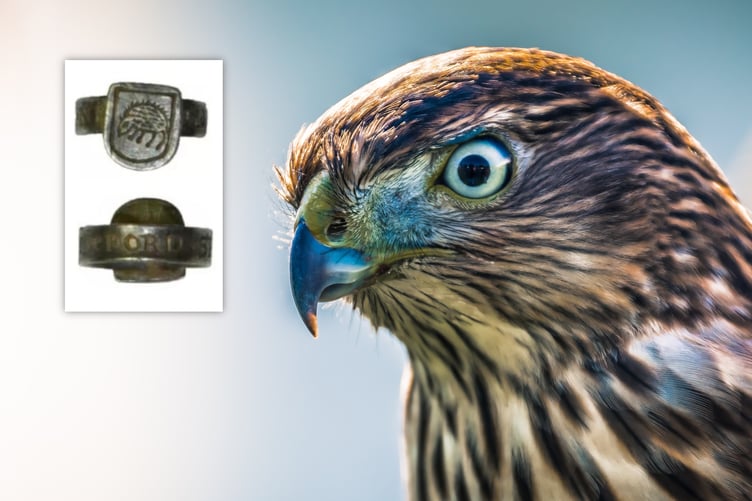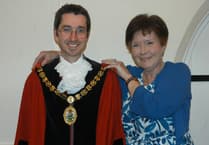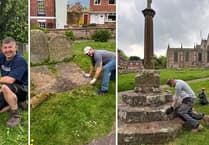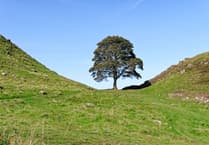A 16th-century hawking ring, known as a vervel, with possible links to the family of historic 'Man of Ross' John Kyrle, has been officially declared treasure.
The artefact was unearthed on a farm in Much Marcle, near Ross-on-Wye, by metal detectorist Simon Davies.
The ring, made more than 300 years ago, contains more than 10 per cent silver and features an engraving of a hedgehog - the ancient symbol of Ross-on-Wye and the emblem of the Kyrle family.
The engraved hedgehog is believed to be associated with the Kyrles, who have long-standing connections in the Dymock and Walford area, dating back to the 1600s and have incorporated the hedgehog into their coat of arms.
The family has lived in Ross-on-Wye for generations, with town philanthropist John Kyrle, known as the Man of Ross, and his father Walter Kyrle being the most well-known members.
Steve Heath, the owner of the farmland where the artefact was found, confirmed that Simon Davies had discovered the ring legally on his property. The inquest, presided over by coroner Mark Bricknell at Hereford Town Hall on August 16, determined the object to be of historical significance and classified it as treasure. It was decided based on the ring’s age and its composition of more than 10 per cent silver.
The vervel is a type of ring traditionally used by falconers to attach a bird to its perch or to fly their birds. According to the record, this particular vervel fits within the typology described by Lewis and Richardson, which features a shield soldered horizontally onto the ring.
The ring measures around seven millimetres in width, 10 millimetres in thickness, and weighs 0.76 grams. According to a Portable Antiquities Scheme record, vervels were used to attach a hawk or falcon’s leather jesses to a leash, allowing the bird to be trained in short-distance flight. The leash could also be used to attach the bird to its perch or block.
The upper face of the bezel is described to be adorned with an engraved image of a hedgehog, “represented with a large oval body with short lines for the quills. Four legs are thick grooves with expanded feet that protrude from the body,” as stated in the historical record.
The inscription on the ring reads “Herefordshire,” solidifying its local historical significance. With the ring now officially classified as treasure, it becomes a notable addition to the artefacts that tell the rich history of Herefordshire and its residents.
John Kyrle, who lived from 1637 to 1724, spent his life promoting the welfare of Ross, such as the education of children and alleviating poverty.
He was behind the establishment of 'The Prospect' in 1700, the public garden just above the town centre and installed a fountain to provide clean water for town residents.
His name is commemorated throughout the town, with John Kyrle High School carrying his name, and in the 'Man of Ross' pub.





Comments
This article has no comments yet. Be the first to leave a comment.